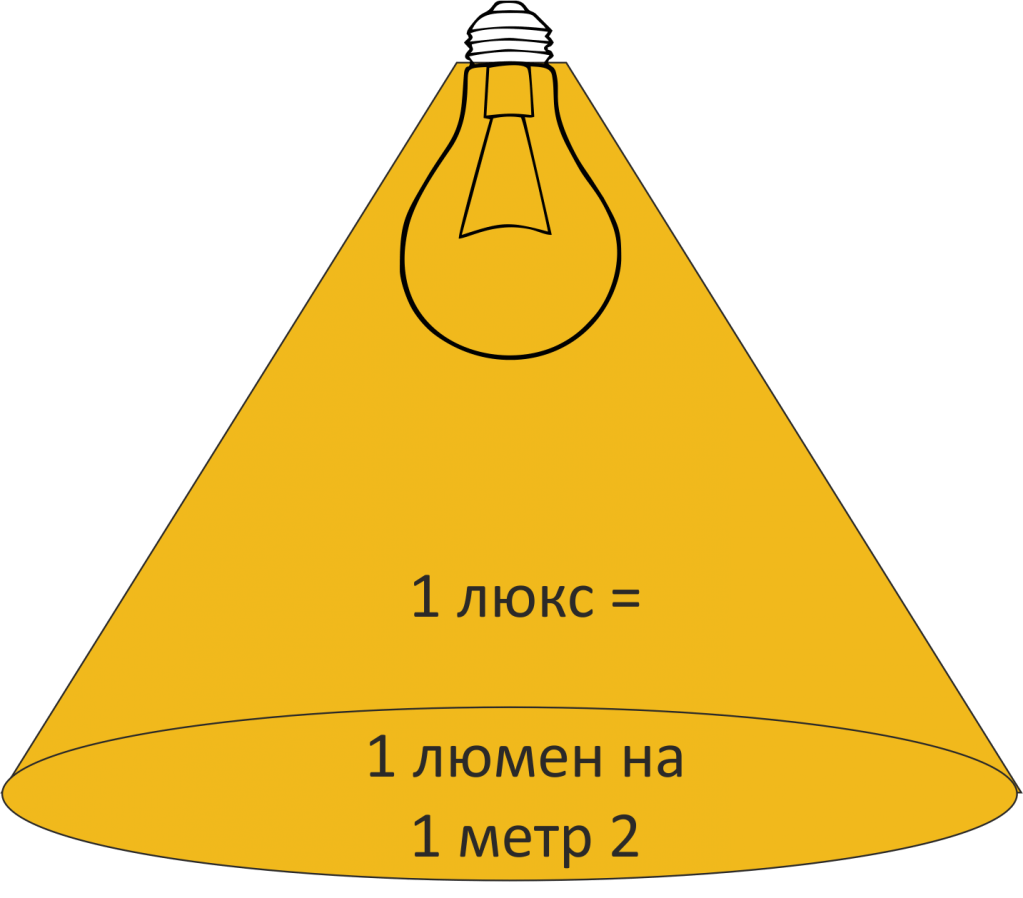Surely you already know that too dim or, on the contrary, too bright lighting in a room negatively affects the human body. In addition to eternal sleepiness, insufficient amount of artificial and natural light entails more serious dangers - visual impairment and impaired psychological state. The solution to the problem is quite simple - install more suitable lamps and organize the lighting correctly in each of the rooms. However, before that, you need to find out what are the standards for the illumination of residential premises. We will talk about this just now.
What does SNiP say?
The main document that indicates the existing standards is SNiP (building codes and regulations). So, according to this document, the following illumination standards in suites (Lk) must be observed in an apartment and a private house:
- passage of the attic and basement - 20;
- toilet, shower, bathroom - 50;
- hall, corridor - 50;
- wardrobe - 75;
- sauna, swimming pool - 100;
- bedroom, kitchen - 150;
- children - 200;
- personal office, library, utility room, room with billiards - 300.
We draw your attention to the fact that in the bathroom you can optionally increase the artificial illumination up to 100 Lx, because for applying makeup and shaving, the value specified in SNiP 23-05-2010 may not be enough.
So that you understand how to translate the provided numbers into more familiar values, remember - 1 Lux is 1 Lumen / 1 square meter of the room. Each light bulb must indicate such a characteristic as the luminous flux (in lumens, Lm). All you need to do is first calculate the illumination rate of the living space, in your case one of the rooms, then convert the value to Lumens and choose the appropriate bulbs. Let's consider the calculation technology using an example.

We make calculations
Let's say you need to find out the illumination rate in the bedroom, the area of which is 20 m 2. First of all, we multiply the SNiP norm for this room by the area, namely - 150 * 20, in total we get 3000 Lx. Accordingly, with this value, the total luminous flux of the lamps should be 3000 lm. You just have to choose suitable bulbs for the living space, for example, if you want, you can use 3 bulbs of 12 W each, which in total will give no more than 3600 lm according to the table:

This calculation is approximate, since each has its own values, which you can find out already upon purchase. Thus, you can easily make artificial light in the room as recommended by the lighting standards for living quarters according to SNiP.
By the way, this value can be measured using a special device - a luxometer, which is quite simple to use, which is proved by the video provided below.
Measurement work

